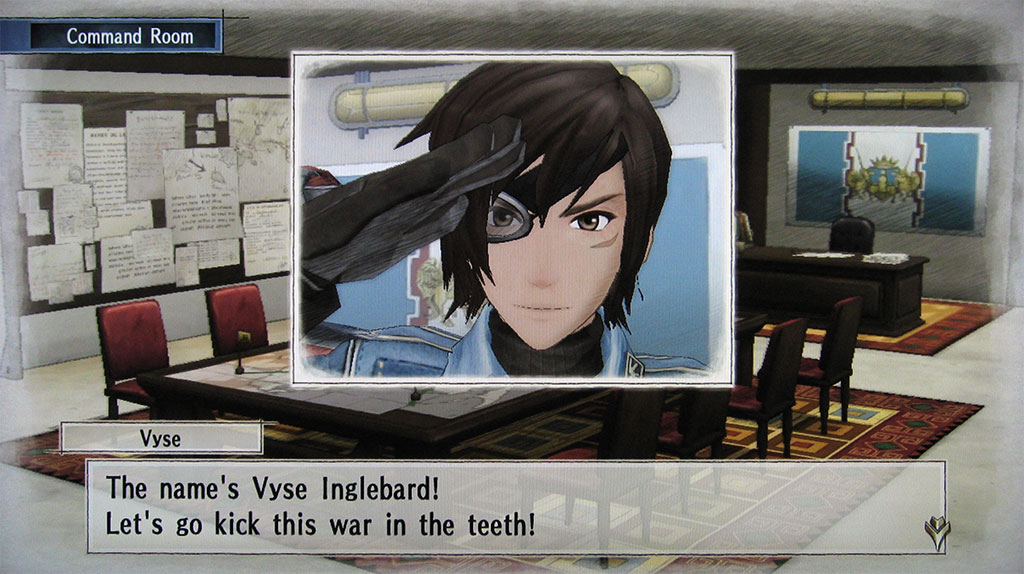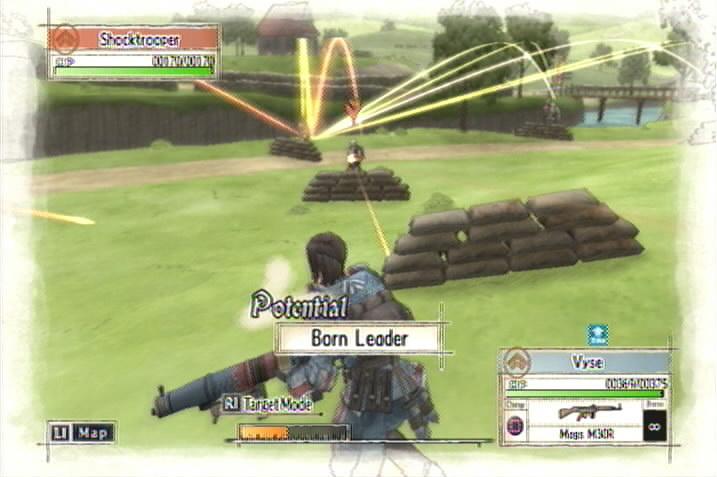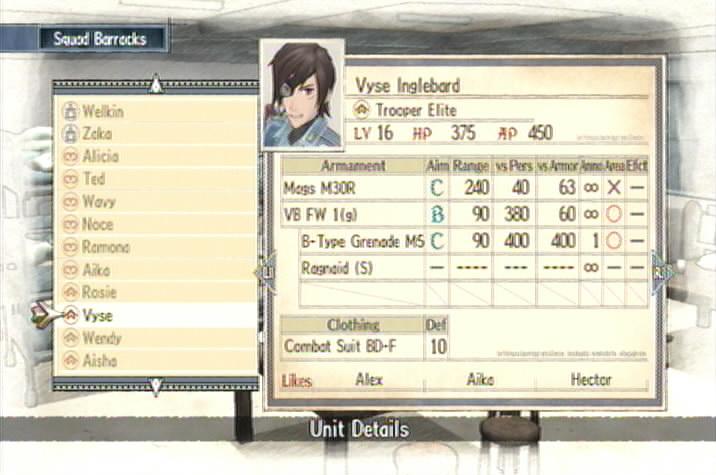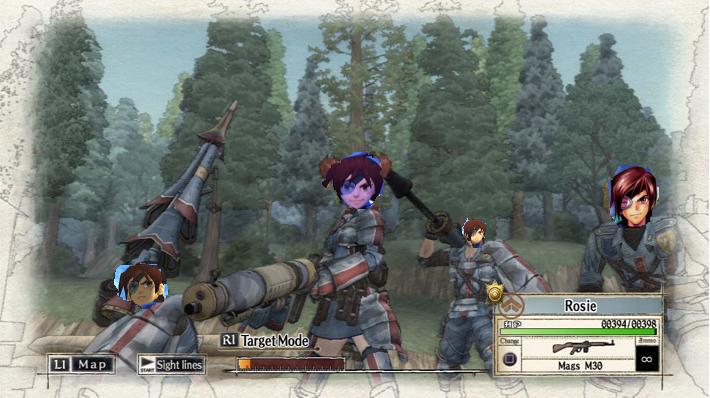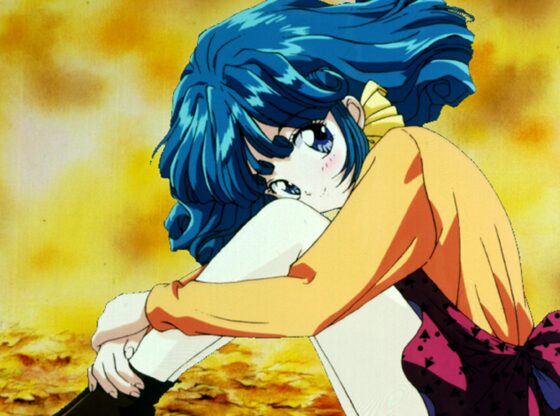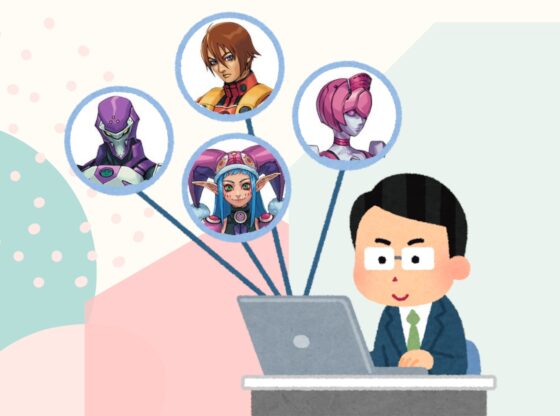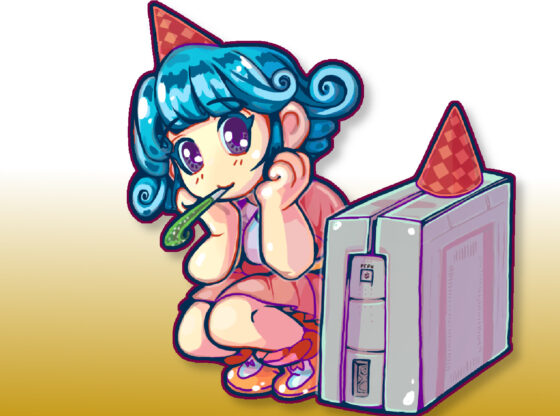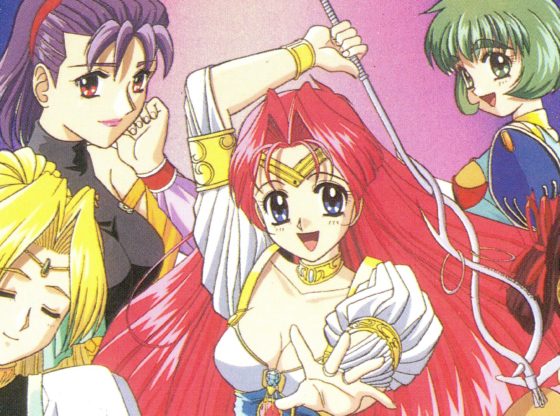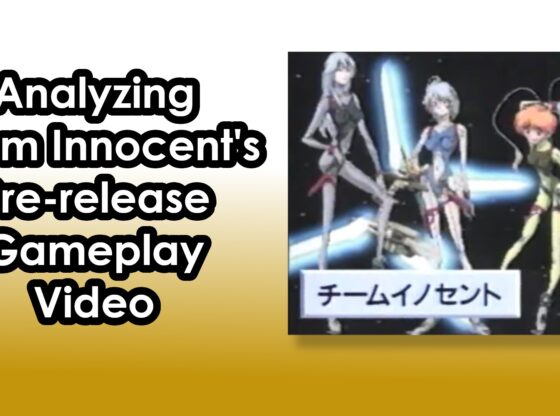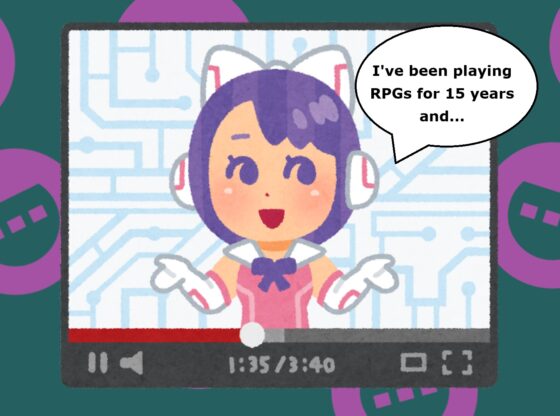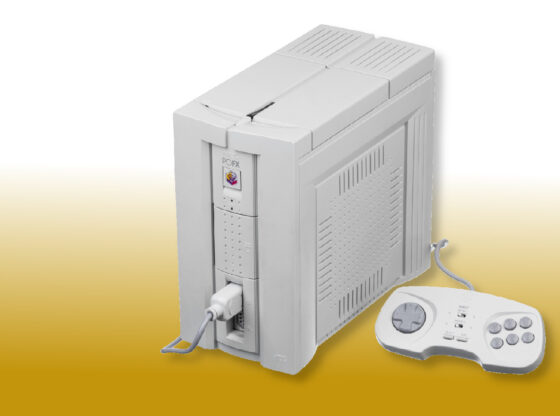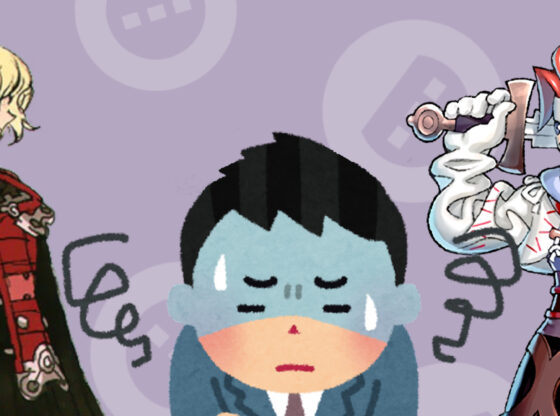
Valkyria Chronicles? What game is this!? I reviewed Vysekyria Chronicles! A tale of men, or more specifically, a man! A man named Vyse who single handedly saved the world using only a machine gun, grenades, and his own tooth brush.
There is no question that you should take this tale of manliness. But in-case you still deny Vyse’s greatness, check out my review.
Valkyria Chronicles on the PlayStation 3! It has Vyse from Skies of Arcadia in it, and that is all you need to know. Buy it! Now. Still not convinced? Blasphemy! Well, a review may be in-order for you to make a purchasing judgment on Valkyria Chronicles.
Valkyria Chronicles is a 2008 strategy role playing title from the developers behind Skies of Arcadia for the SEGA Dreamcast, hence Vyse’s inclusion. The team hadn’t really developed anything too notable since Skies of Arcadia, but Valkyria Chronicles on the PlayStation 3 changed that with an interesting and unique look at the strategy role playing genre. And, of course, by bringing back Vyse.
Valkyria Chronicles is the tale of Vyse kicking a war in the teeth. The kicking of the war’s teeth proves to have extreme amounts of depth, and provides a mind-blowingly awesome story about Vyse and teeth kicking. When the war’s teeth are not being kicked by Vyse, there is a story following a squad of the small neutral country Gallia, who is caught between two massive military powers who begin to take interest in the land’s resources. Gallia, despite their small size, fights back against the two military powers to try to keep their nation from falling. While Valkyria has this larger overarching story, much of the story actually focuses on character relationships.
Along with the game’s anime art style, the story and dialogue are very similar to what you would expect from an anime. Whether or not this is good or bad really depends on personal preference. Some people will be just fine with bubbly anime characters flooding the battlefield, but there is a good chance at the same time you may get annoyed by them, Vyse being an exception of course. The anime style lends itself well to the characters, as it gave the developers freedom to make a large variety of character personalities that would have been hard to pull off in a serious business realistic game.
When thinking SRPGs, the first series that come to my mind are Final Fantasy Tactics and Fire Emblem. While Valkyria Chronicles has some similarities with those series, there are a lot of differences between Valkyria and the standard SRPG.
Much like Fire Emblem, the player and the computer take turns to perform actions. You are given a map with all your units in combat displayed. But after selecting a unit, things start to get a bit different. The camera will then zoom down into a third person perspective with real time control of the character. The character has a certain distance they can move within a single action. While the character moves, the player needs to be wary of enemy units, as they will shoot on site. Once moved into position, players can go into a aiming mode which freezes time. The players are locked in place but can aim freely like in any other third person shooter. Accuracy and damage are determined by stats, but the placement of your character and your aim also play a large part in taking down a foe – setting a nice balance between skill and stats.
While skill and stats play a large part in taking down foes in Valkyria Chronicles, it is also important to use the right units at the right time. In Valkyria Chronicles you will find 6 different classes: Scouts, who have the highest mobility but have low defense, Shock Troopers, who have excellent attack and defense against personnel but lack range and momentum, Lancers, who can easily take out enemy tanks, Snipers, who pick off enemies from afar, Engineers, who repair tanks and replenish ammo, and last but not least, tanks, that can easily withstand bullets, act as a moving shield, and cause major damage. Each class is well balanced, so each one serves their own purpose on the field. And as classes level up, they expand their uses giving units more weaponry and skills. But of course, Vyse is the ideal soldier for all situations.
Valkyria Chronicles has a huge roster of characters, each with their own unique personalities and traits. Each character has their own likes, dislikes, advantages, and disadvantages. When you use characters, and how you use them, can greatly depend on these traits at times. For instance, if a character dislikes getting their clothes dirty, you keep them away from dirt roads. If you don’t, characters may have lower defense, attack, or a variety of other status effects. Keeping this in mind with each character can some times determine life or death for a character. Thankfully, if a character is killed, players have three full turns to get him, or her, medical assistance before they permanently die, with the exception of if a enemy unit touches them first. So the constant stress of permanent death isn’t as harsh as games like Fire Emblem.
Keeping up with all these character’s levels would seem difficult, but this is remedied by having characters level up by class, rather than as individuals. So if one Scout levels up, all of Scouts level up. Using a character you haven’t used the entire game will work just as well as a character you have been using the whole game. This would make it seem that the characters would all seem identical stat wise, but the different traits and skills keep characters unique. You can also outfit them with with different weapons to mix up a character’s play styles.
As for the battles themselves, most missions have simple objectives like capture a base or wiping out enemy troops. But there are other mission types to tackle with a variety of objectives like stealth missions, base defense, boss encounters, etc. At times, battles can get a bit lengthy. And if certain objectives aren’t met, the mission will end starting the whole mission over again. Thankfully, you can save mid mission. So if you are having a particularly hard time, it is easy to pick up at a key point of a mission.
The gameplay is pretty much as solid as a rock. The only issue that seems to pop up is that the movement feels a bit loose when trying to nudge into little corners. But Vyse easily makes up for that simple shortcoming, as he is more rock solid then the rock representing the gameplay itself.
Outside of combat, Valkyria Chronicles takes place in storybook like menus. Missions and cutscenes are divided into chapters in the storybook. The layout for watching cutscenes and accepting missions is a bit clunky. You watch one cutscene, then it bumps you back out to the menu and you have to select to watch the next cutscene over and over again until you hit the next mission. But it also plays to the games advantage since sometimes there can be a large amount of cutscenes before the next mission. And there is no Vyse during cutscenes ( :<), but you can get your Vyse fix thanks to missions called skirmishes. They have no relevance in the story, but are great for quick bursts of gameplay, breaking up large sections of cutscenes, seeing Vyse when you are feeling Vyseless and grinding. Once done, you can go back to watching some cutscenes. The storybook is also used for a variety of things like switching out units, managing and upgrading equipment, and leveling up classes. Load times get a little out of hand when switching between certain menus, but during gameplay, after the initial load for the mission, everything transitions smoothly.
Much like the menus, the game has a storybook art style. Shading has a pencil like effect, and some textures look like they are painted on a page. Everything is smooth for the most part, but the character’s facial animations during mission briefings tend to be stiff. But again, Vyse patches that up with his manliness. The anime style character designs are a bit generic, but fits well with the personalities of the characters. The English dub is about on par with that of a standard anime dub. And for purists, the Japanese voice track is included as well.
SRPGs tend to be a bit shorter then normal RPGs. And while Valkyria Chronicles still falls a bit short compared to a standard RPG, it comes close clocking in around 35 hours for the main story. Throughout the story there are plenty of optional missions available to complete. And after you beat the game, there are some downloadable missions available along with a downloadable hard difficulty. Although, the downloadable content will cost you some moolah.
Vyse! He is in it! Buy it! Now! But aside from Vyse, there is a really awesome genre combination here. Aside for some some lose controls, the gameplay is solid and successfully marriages the strategy RPG and third person shooter genres to make something unique. If there is anything that is going to push you away from Valkyria Chronicles, it will probably be the anime style of the title. BUT, Vyse is in it. And Valkyria Chronicles gets Vyse out of Vyse because of Vyse.
Valkyria Chronicles is cheap and easy to find only costing around $20, and Vyse alone is well worth that $20.
Score: 9.3
Pros:
- Successfully merges strategy RPG and third person shooter genres
- Large variety of missions
- Anime fans will feel right at home with the story and characters.
- Impressive visual style
- VYSE
Cons:
- Controls are a bit loose
- If you don’t like anime, there is a lot to dislike about Valkyria Chronicles’ story and characters (except Vyse).
- No Vyse during cutscenes :<

